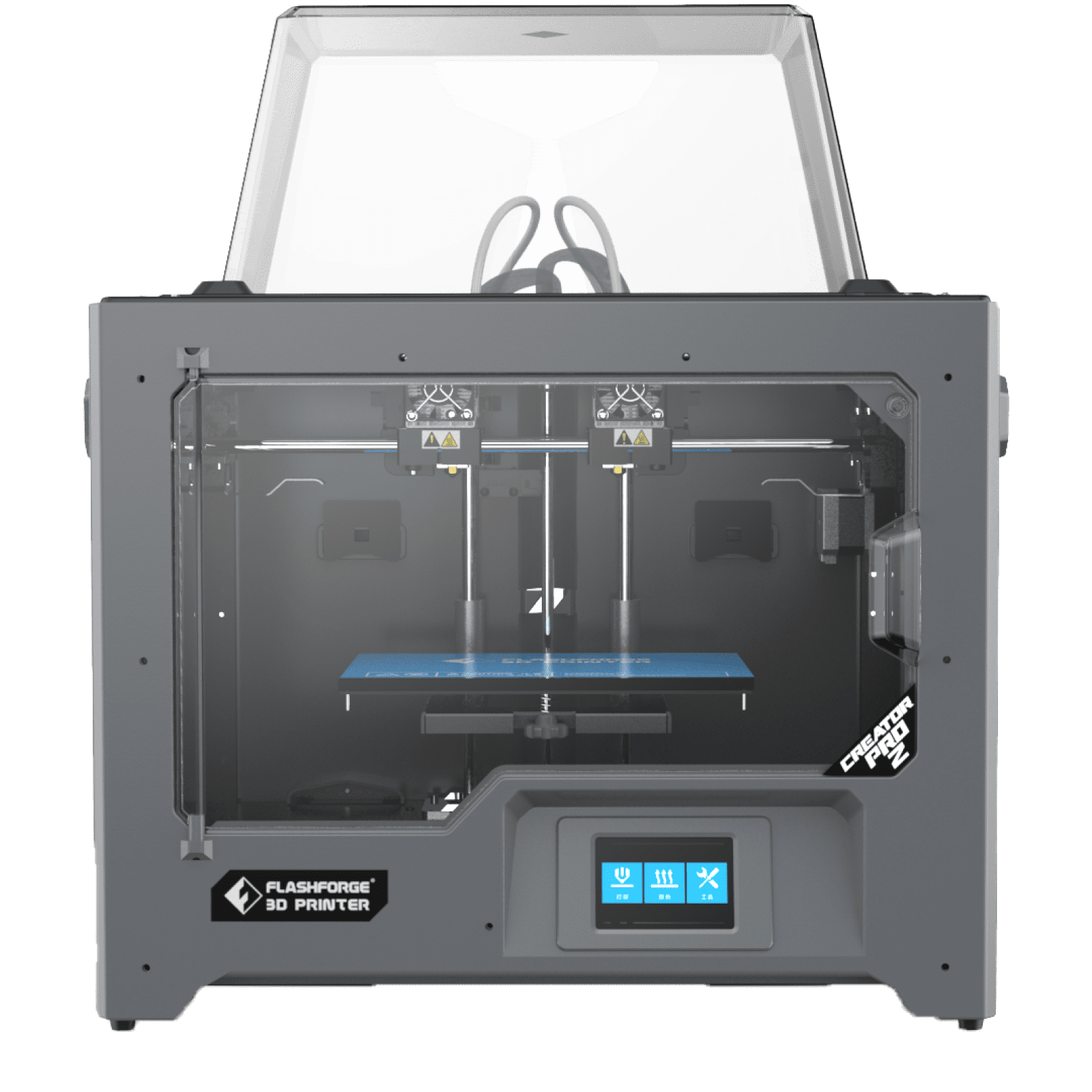Welcome to the ultimate guide to high-temperature 3D plastic filament! As you know, PLA filament is a go-to-go choice for creating plastic objects. But have you ever wondered if a more durable option exists for higher-temperature applications? You are fortunate because this thorough guide will teach you all to know about high-temperature 3D printer filament.
From understanding the boiling point of the filament to using a digital thermometer for temperature measurement, we will cover everything. And the FlashForge website is the best choice if you want to buy this filament. They have a variety of high-temperature 3D plastic filaments, so you can choose one that works for you.
Benefits of High-Temperature 3D Plastic Filament
The type of filament you choose will affect the quality of your 3D prints, and there are a lot of places to select high-quality filaments, such as FlashForge. This way, you can ensure the best 3D-printed products with high-quality filaments.

Let’s discuss the benefits and challenges of using high-temperature 3D printer filaments.
High-temperature 3D plastic filament offers several benefits over traditional filaments like PLA.
A Higher Boiling Point
It has a higher boiling point and can withstand higher temperatures, which makes it an ideal choice for creating 3d objects that require heat resistance. But how can you verify that the temperature you are applying is correct? Well, you need a digital thermometer for accurate temperature measurement.
No Distortion
High-temperature PLA filaments don't bend or distort at optimum temperatures, making printers more reliable and consistent. Moving to high-temperature filaments enhances your printing abilities and results in prints of higher quality.
Durability
Durability is a benefit of high-temperature 3D printer filaments. These filaments are stronger than others, allowing them to tolerate more harm and last longer.
Challenges
High-temperature 3D printer filaments have increased the flexibility of 3D printing to a new level. But high-temperature filaments present some challenges. PLA filament is meant to be used at room temperature, which might cause the finished object to deform or lose shape as the temperature rises.

Materials that can resist temperatures between 200 and 300 degrees Celsius without melting or deforming are necessary for high-temperature 3D printing. Working with PLA filament, which has a maximum temperature endurance of 60 to 70 degrees Celsius, can make this difficult. Manufacturers have created high-temperature PLA filaments that can survive temperatures up to 100 to 120 degrees Celsius to address this issue.
It's essential to have a printer that can handle the higher temperatures and to confirm that the filaments are stored to prevent moisture absorption. Printing with high-temperature filaments can require different print settings and techniques than those with PLA filaments.
Pro Tip:
High-temperature 3D plastic filament allows for compact and more heat-resistant prints but requires specialized equipment and expertise.
Best Practices for Printing with High-Temperature 3D Plastic Filament
There are a few best practices you must stick to while printing with high-temperature 3D plastic filament to guarantee a good print.

- It's important to precisely measure the temperature of your printer's nozzle and print the bed with a digital thermometer. This will allow you to adjust your temperature settings for optimal performance.
- Ensure that the 3D printer filament is appropriate for printing at high temperatures. For instance, PLA filament should not be used for printing at high temperatures, as it can result in poor print quality or possibly block your nozzle.
- Ensure the temperature where you're printing is at least at room temperature. Your prints could break and crack in a colder climate.
By following these recommended practices, you can achieve high-quality prints with high-temperature 3D plastic filament.
Types of High-Temperature 3D Plastic Filament
High-temperature 3D printer filament comes in several types for use in 3D printing. These filaments are made to endure high-temperatures and also provide high strength and endurance.
Some of the most common types include:
PEI 3D Filament
Polyetherimide (PEI) is a high-temperature 3D printing filament that is highly resistant to heat, chemicals, and flame. It is commonly used in aerospace, automotive, and electronic industries due to its mechanical properties and thermal stability. You may create long lasting 3D prints with PEI that can survive tough conditions and extreme temperatures.
PPSE and ABS 3D Filament
Polyphenylsulfone (PPSF) 3D filament offers exceptional strength, stiffness, and resistance to heat and chemicals. It constructs the desired item in stages by melting the filament via heated nozzle. PPSF is a great choice that needs to be highly durable and able to withstand severe conditions.
ABS 3D filament is the best choice for printing functional items commonly used in automotive applications due to its roughness and endurance.
ASA 3D Filament
ASA 3D filament is a weather-resistant and UV-stable filament used in outdoor applications due to its ability to withstand harsh weather conditions.
Final Thought
If you want to know more about 3D plastic filaments, 3D printing or need assistance picking which 3D printer is best for you. Go and visit FlashForge Shop, which provides the top 3D printing services.








































































































































































































